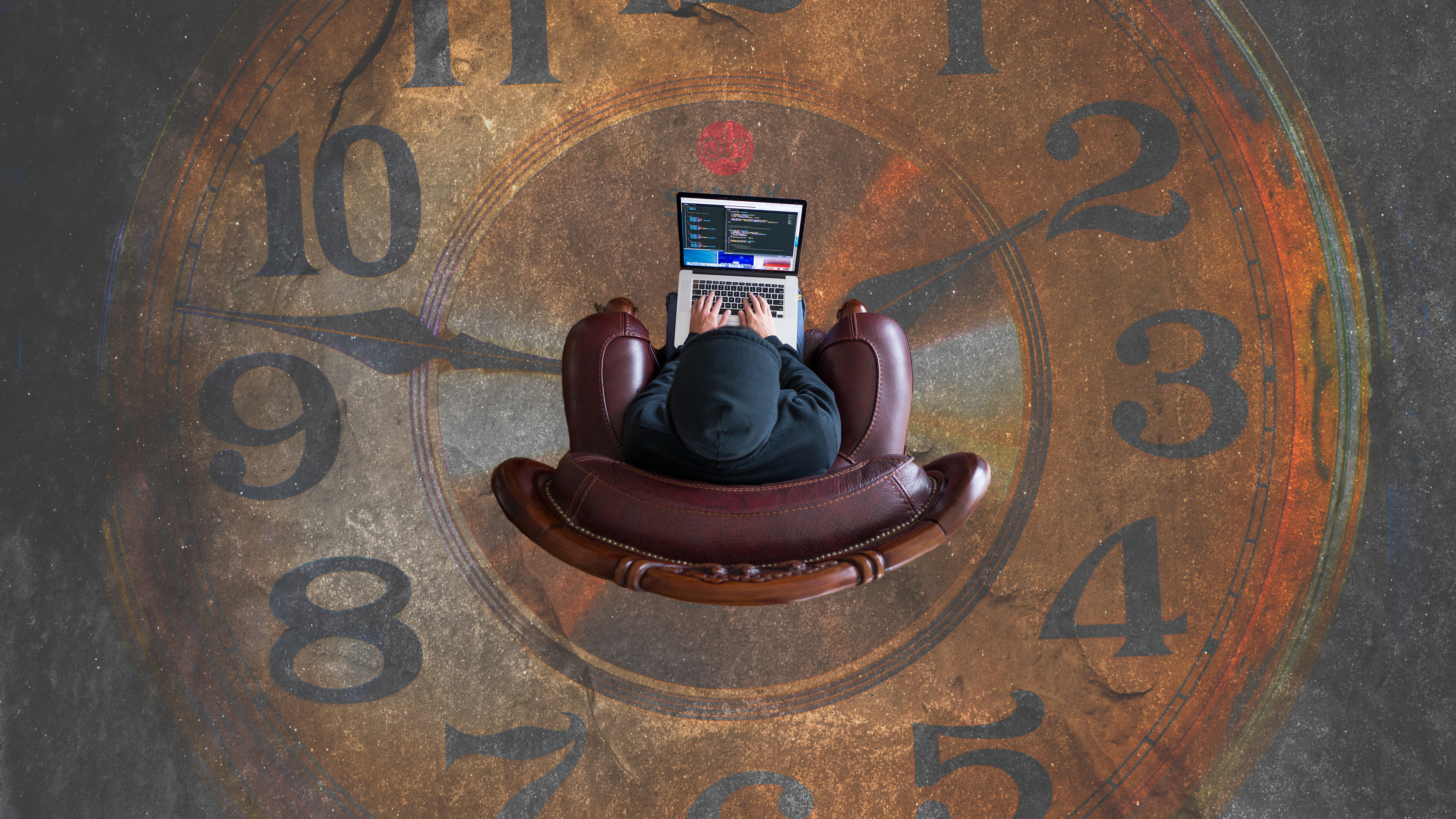
Dangerous Calls: How Not to Do Sound UX for Your Brand?
Daytime, nighttime, Saturdays, Sundays, holidays, while we’re trying to sleep, have sex, write, read, sing, play, wake up, cycle, work out, talk, think, live…
Where did the phone go again?
Who even calls us these days?
The telephone has long ceased to be just a telephone. With the advent of the internet, our way of communicating started to change with programs like ICQ and Messenger, where we began to have text conversations on our computers. With the revolutionary iPhone, launched by Steve Jobs on January 9, 2007, the world changed forever. Text messages, WhatsApp, and other apps completely replaced old-fashioned phone calls. But it seems that telecommunication companies and other services have not accepted this fact.
Perhaps due to the nature of their business or a semantic deafness regarding the meaning of the word “communication,” they are at the top of the list when it comes to intrusive and disruptive noise, both vocal and emotional. They interfere in our spiritual, supernatural, transcendental, digital, impersonal, and even medieval manual moments, rudely awakening the volcanoes of our daily wrath when they persistently and inconveniently call us. But for what purpose? To offer what suits them and only them. In this scenario, we are mere objects. They don’t even bother to research, find out, or even guess what we might actually need. They limit themselves to arbitrarily acquiring our personal data without our consent.


Apart from our mothers, who, out of habit or outdated modes of operation, our sisters, a few other family members, or our closest friends, who else calls us? It’s always them, those companies interfering in the most crucial moments.
When the representatives, who perform this terrible task on behalf of telemarketing companies, call, they provoke all sorts of emotions with their insane dialogues.
The sound of the phone rings, which we normally don’t pay attention to, causing surprise and, for the more anxious, apprehension or even fear. The first question that comes to mind is: Did someone die? We answer, startled:
– Hello!
– May I speak with Rozana Bruno Lopes?
– If you called me, you must know who I am, right?
The environments where these poor messengers of the apocalypse are located are noisy, and usually, they can’t hear us.
– I didn’t understand, could you repeat?
– Who is this?
– This is so-and-so from such-and-such company, and I would like to offer you a promotion…
And then they never stop! When I have the patience, I say:
– Look, I know it’s not your fault, but the company that hired you arbitrarily obtained my contact information. Who gave you my number and authorization to call me?
– Ma’am, it’s in the system.
– And who is this “grazziato” system?
By this point, tension builds up, and the representative takes it personally, becoming defensive about our irritation, leading to a kind of couple’s argument that ends with someone hanging up on the other. No one is at fault, but both are destined to engage in that unnecessary dialogue that could have been avoided.
What do these brands gain from this?
If the goal is to sell more, what brands actually achieve is to annoy and upset their customers, leading to terrible post-sales experiences. In other words, it’s the worst form of anti-marketing in history, where all the effort, storytelling, logistics, and communication end up in a double meltdown. The customer who was calm, going about their business, ends up wanting to sue the company of which they are a captive. We’re talking about a regulated market that works against us, as all companies have the same abusive behavioral policies.
This is the opposite of Sound Branding, Sound UX and a good user sound experience, and the reverse of Music Branding, which exist to delight and relax us. Do you see that we’re talking about a series of negative sound interactions for brands? It starts with the sound of the phone ringing, continues with all the noisy sound experience of the conversation and background noise, and ends with the verbal tone of the representative and the customer spiraling downward into absurdity.

We’re tired of noise, of brands that want to win by shouting the loudest. There’s a common maxim in advertising that illustrates the outdated philosophy that clearly shows a lack of listening: “Let’s make some noise with this campaign.” And making noise in this context still means shouting on TV, on the radio, through telemarketing, intruding on screens all around us in the streets, airports, airplane seats, taxis, and Ubers. We have no peace.
Wherever we look, there’s a brand trying to push something onto us. I draw a parallel here with those persistent guys at the club who don’t want to hear the word NO. Brands, marketing, advertising agencies, call center managers, CEOs, here’s a warning. Listen: NO MEANS NO, stop bothering us. Is it possible that brand management and business focus solely on profit? Is it worth having a brand that is hated by all of us? This old way of not listening, of not communicating, this hysterical monologue that these brands establish with us needs to end so that we can move forward with respect and achieve better long-term results.
Silence is also sound and needs to be used, as the public can no longer tolerate noise, invasion, and rudeness. Brands need to make an effort to listen to what customers need and want. I’m not only referring to surveys, as they can be misinterpreted and not serve much purpose. It’s necessary to listen to what’s unsaid, understand the broader context, have vision, and learn to put ourselves in the shoes of others.
In considering this issue, here are five points to be considered:
- Silence
- Less is more. Silence is comforting. Embrace silence. No more phone calls. They are intrusive. Shhhhh, silence!
- The Other
- The database in the system can be a good source to understand the customer. It's important to understand their needs and offer what they actually require.
- Medium
- Use the appropriate means to offer services that are in tune with the customer, such as email or WhatsApp with proper permission, among others.
- Benefits
- Gifts are welcome, but they should bring real benefits because a gift that is included in the price paid by the customer generates suspicion.
- Customer Support
- Finally, the support team that contacts customers to offer help when something happens should be well-trained, and the environment they operate in should be quiet. This will help them remain calm and have good interactions.
Our senses are the gateway to the body for all types of information, knowledge in this dimension in which we live. We need to treat them well because they convey all the experiences that expand our repertoire and evolve our species. Noise, like visual, olfactory, gustatory, and tactile pollution, clogs the channels of our perception and disrupts the reception of data. This is serious!
Let’s take care of our senses?

If you work in telemarketing, call centers, or are a manager, CEO, or anyone who understands and experiences this issue and wants to talk, get in touch with us!

Next article
Sound UX: User Experience in Sound Branding
Descubra como o Sound UX pode criar conexões emocionais poderosas entre a sua marca e os usuários, e impulsionar seu Sound Branding.
Read more